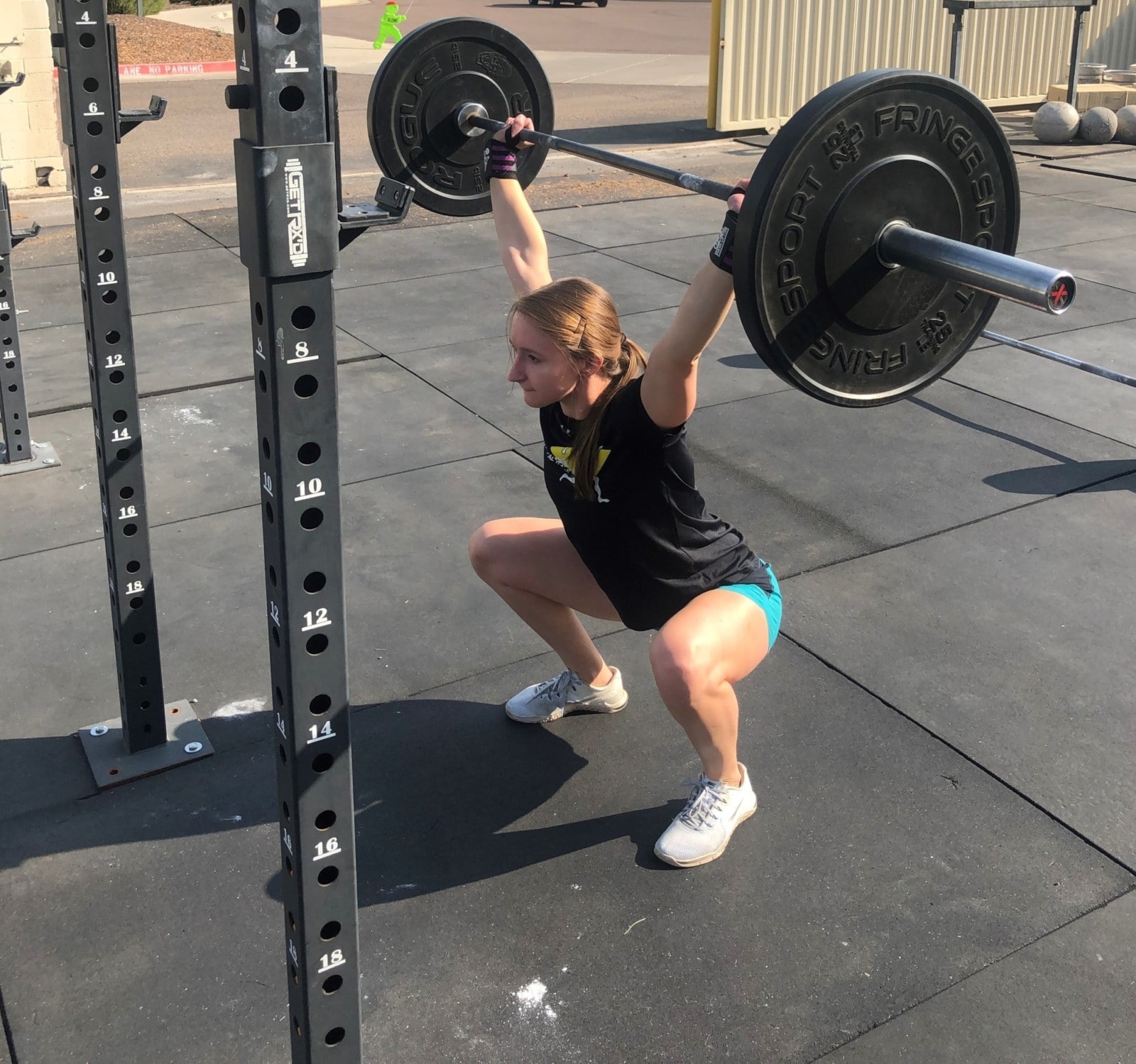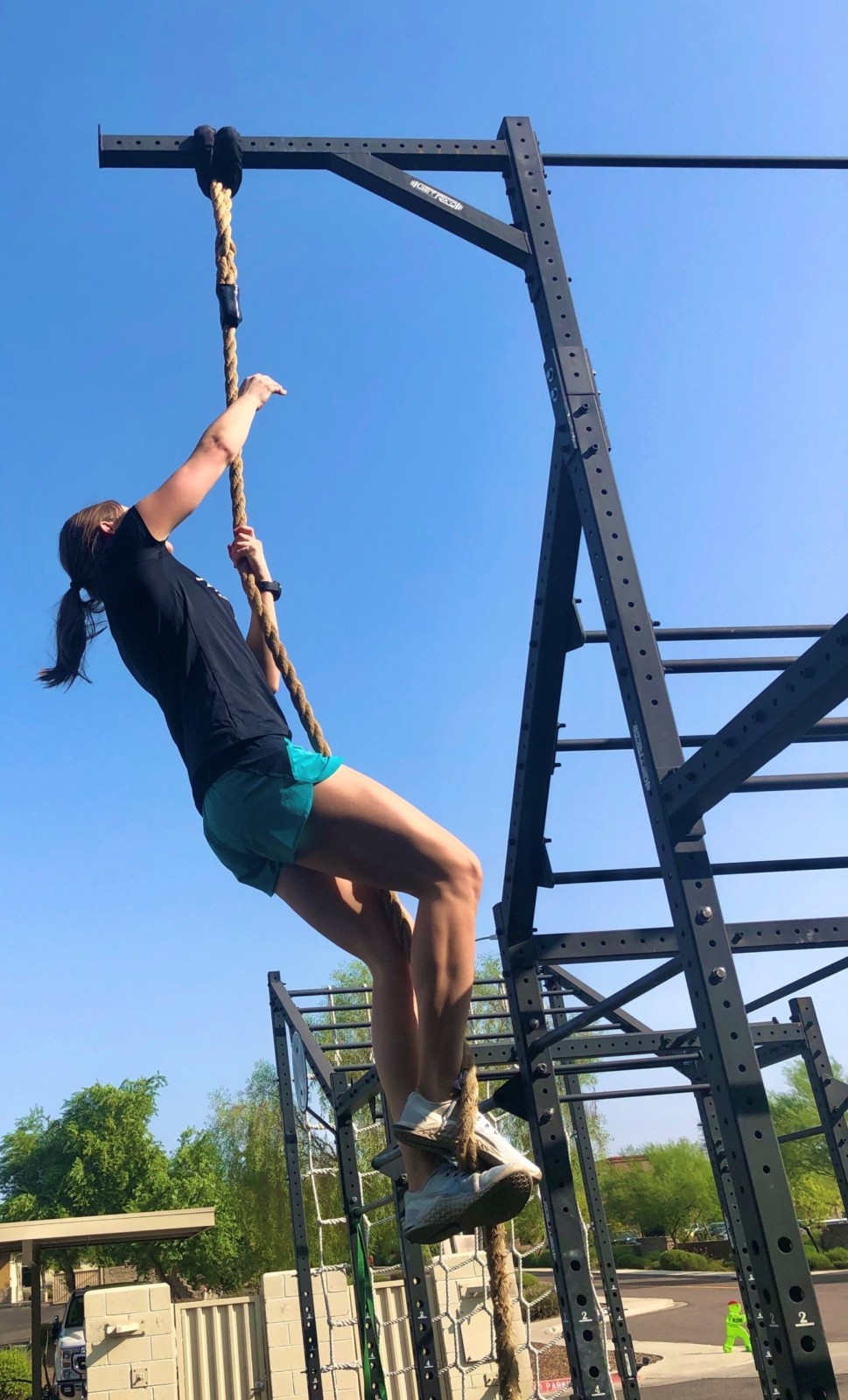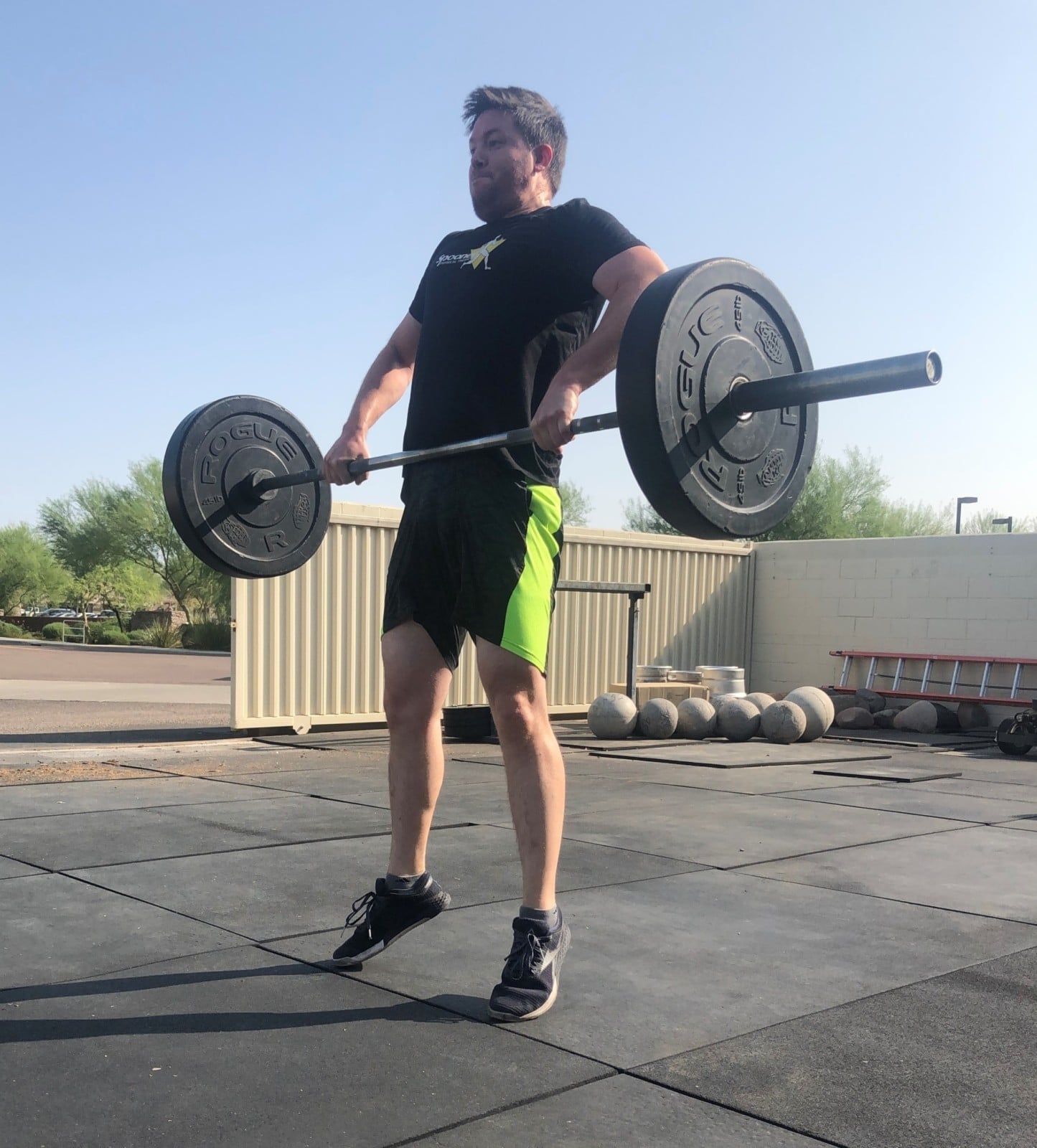Functional Movements. That’s what CrossFit is all about.
Founded in 2000 in California, CrossFit has made a strong impact on the fitness community over the last twenty years with more than 15,000 affiliates around the world. CrossFit uses safe, effective, and efficient movements similar to those you would use in your everyday life. 1 With the implementation of the Workout Of The Day (WOD), high-intensity workouts are constantly changing with something new every day. Like with any sport or exercise, it is common for athletes to experience pain or suffer injuries. Did you know you can benefit from physical therapy to supplement your CrossFit workouts regardless of your level of experience? We talked with Spooner physical therapist Kelsey Kankelfitz, PT, DPT, ATC to get the lowdown on all things CrossFit from her perspective as both a physical therapist and a CrossFit athlete.
Why CrossFit?
Kelsey is drawn to CrossFit because of the variety of workouts she gets to do. She says, “It really encompasses multiple areas such as strength and powerlifting, general cardio/body weight based movements, running/biking/rowing, and gymnastics type movements.” She also says the community plays a big role in her CrossFit experience. The fact she can go to the gym for one hour with a supportive group of people and get a workout in without bailing out early is huge for her. Once in the door, the CrossFit community holds her and each other accountable for doing the work they are there to do.
Common Misconceptions
A common misconception about CrossFit is that it just causes injuries to happen. Kelsey says, “CrossFit is like any sport or exercise where if you do not modify the weight or movement to your level at the time, of course, injuries can happen.” Modification is key. She says the right coach, paired with your ability to know your limits, is how you prevent things from getting to the point of injury in the first place. Another misconception is that you have to be really fit to do CrossFit. This is not the case. “CrossFit can be modified to accommodate any level of athlete at any age. I have seen this happen firsthand with anywhere from 8-year-olds to 60+-year-olds taking CrossFit classes,” says Kelsey. The age limit does not exist and should not be a deterring factor from the sport. The workouts can be adapted for athletes at any age and level of fitness.
Physical Therapy and CrossFit
There are many benefits of implementing physical therapy into your routine as a CrossFit athlete. Whether it is working to maximize strength and endurance through your full range of motion or working to actively prevent injuries from wreaking havoc on your body, physical therapy can help put you in the best position to reach your movement goals. CrossFit often calls for high reps and heavy weight, which is why it is so important to maximize your strength and endurance. “The athlete needs to be ready to take up that load multiple times, even when they are fatigued,” says Kelsey.
Finding certain areas in which these athletes may have deficits, such as mobility, mechanics, or strength, and working to address those deficits is going to play a big role in injury prevention and/or recovery. If you are having any symptoms, physical therapists will be able to determine the root cause and make sure your entire body is moving and functioning the way it should. Another mode of defense against injuries comes from proper warm-up and mobility. In Kelsey’s experience, “Many times, the CrossFit warm-up is short and does not always have time to address everyone’s needs prior to class. It is important to not get lazy and overlook the warmup.” Your future self will thank you for taking the time to properly prepare for your workout!… stay tuned for Part 2 where we will take a closer look at “The Ideal Warmup for the CrossFit Athlete”
CrossFit is not the reason athletes get injured. Rather, it is the poor body mechanics and faulty movement patterns that stop athletes from performing at their best levels and lead to injury. 2
From identifying the culprit of the pain and assessing biomechanics to working on strength, stability, and mobility, physical therapists are movement specialists who can assist athletes in better understanding their movement patterns and avoiding injury while participating in the sport they love.
Are you a CrossFit athlete looking to incorporate physical therapy into your routine? Schedule an appointment to get your health in motion today.
Resources
- “What Is CrossFit?” CrossFit, www.crossfit.com/what-is-crossfit.
- “Physical Therapy and CrossFit: The Forgotten Relationship.” CovalentCareers, covalentcareers.com/resources/physical-therapy-and-crossfit/.



